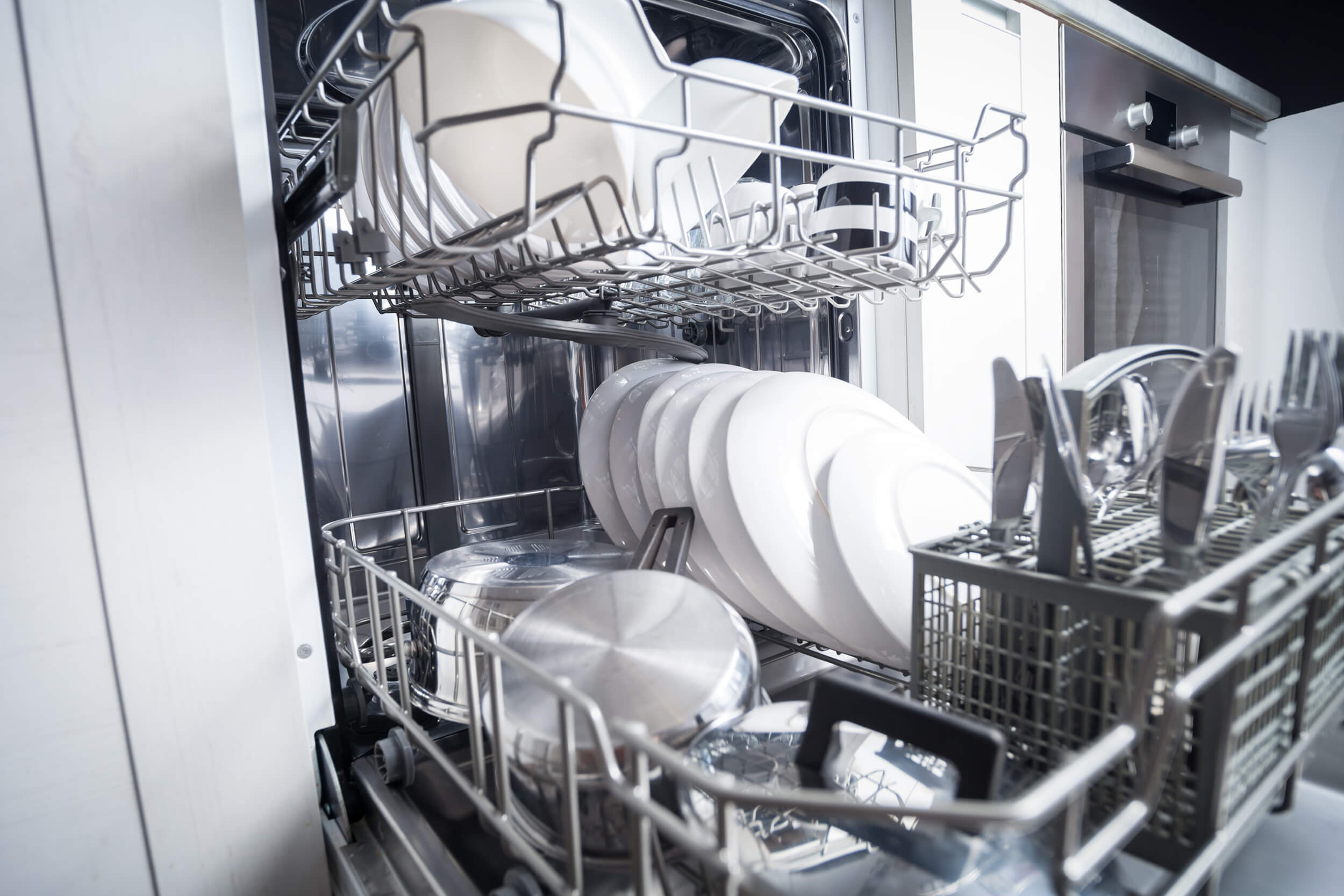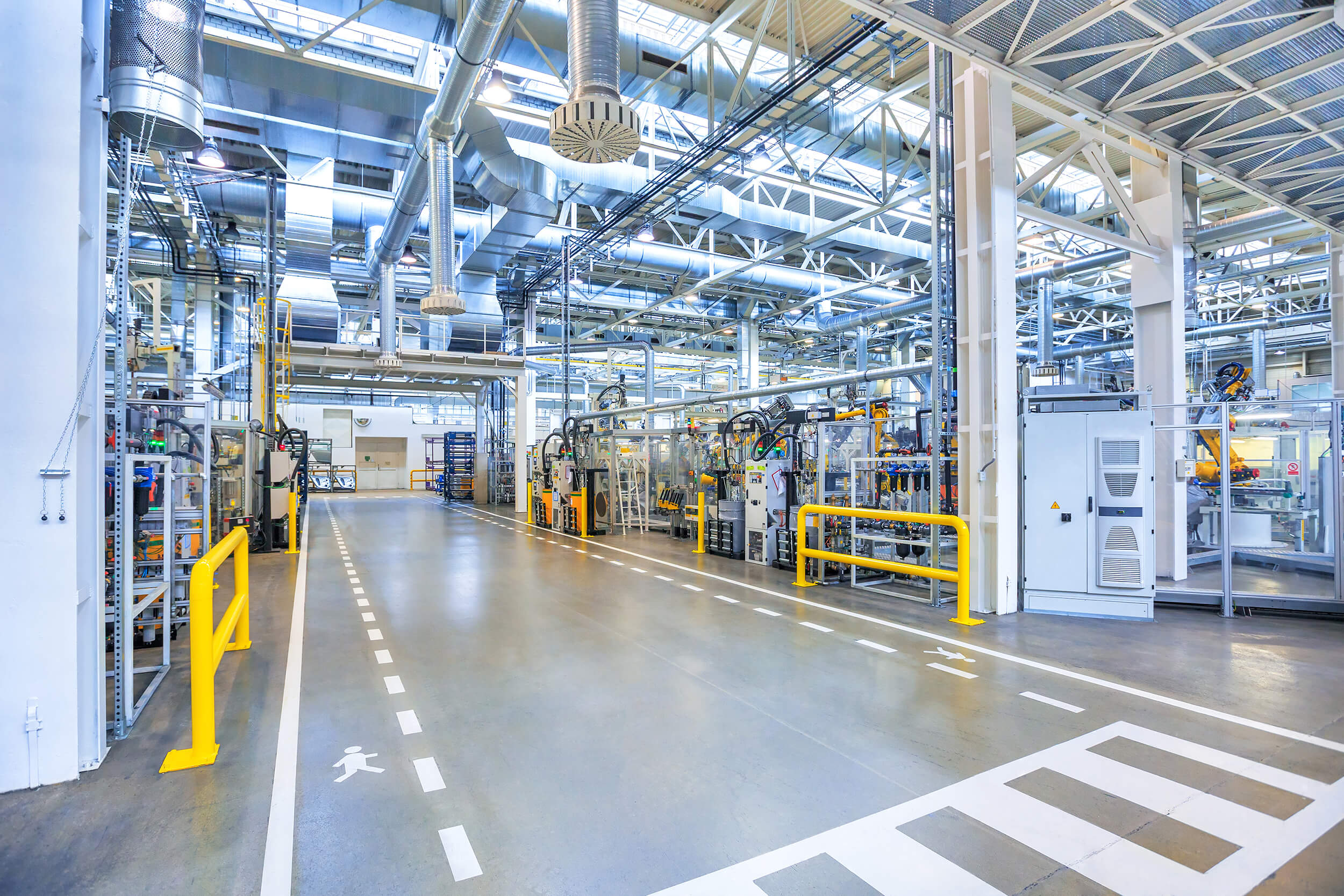Contact: Ben Somberg, 202-658-8129, bsomberg@aceee.org

Washington, DC—Energy efficiency standards for commercial and industrial fans and blowers proposed by the U.S. Department of Energy (DOE) today would save American businesses up to nearly $56 billion on utility bills and reduce carbon dioxide emissions by nearly 318 million metric tons over 30 years of sales, according to the Department. DOE’s proposal, if finalized, would be among the most significant energy-saving standards completed under the current administration.
The standards would set the first minimum efficiency requirements for commercial and industrial fans and blowers. These products are used by both small and large businesses in a wide variety of applications, including building ventilation and air circulation, commercial kitchen exhaust systems, agricultural ventilation, and industrial processes. Congress authorized the Department to consider setting standards for these products in a 1992 law.
The proposed standards for most fans and blowers are largely based on a 2015 recommendation by a DOE-convened working group including fan manufacturers, utilities, and efficiency advocates.
“After all these years, it’s very encouraging to see this strong proposal. This would reduce costs for businesses, cut needless greenhouse gas emissions, and ease strain on the electric grid,” said Andrew deLaski, executive director of the Appliance Standards Awareness Project. “Manufacturers and energy efficiency advocates agreed on much of this proposal years ago, and now DOE should act swiftly to get the job done.”
With no standard in place, the efficiency of fans and blowers varies widely, meaning some businesses are paying far larger electricity bills than others each month to get the same job done. In addition, fan models that may be efficient in some installations can perform inefficiently if used in installations they were not designed for. The standards would help ensure that purchasers select an appropriate fan model for their particular application, an idea dating back to the 2015 working group.
The proposed standards also cover fans such as “personnel coolers” that are typically used to cool factory workers, for example. For these types of fans, products meeting the new standards would likely use more-efficient motors and improved aerodynamic design.
The standards would take effect five years after DOE finalizes them.
###
The Appliance Standards Awareness Project (ASAP) advocates for appliance, equipment, and lighting standards that cut planet-warming emissions and other air pollution, save water, and reduce economic and environmental burdens for low- and moderate-income households. ASAP’s steering committee includes representatives from environmental and efficiency nonprofits, consumer groups, the utility sector, and state government.




